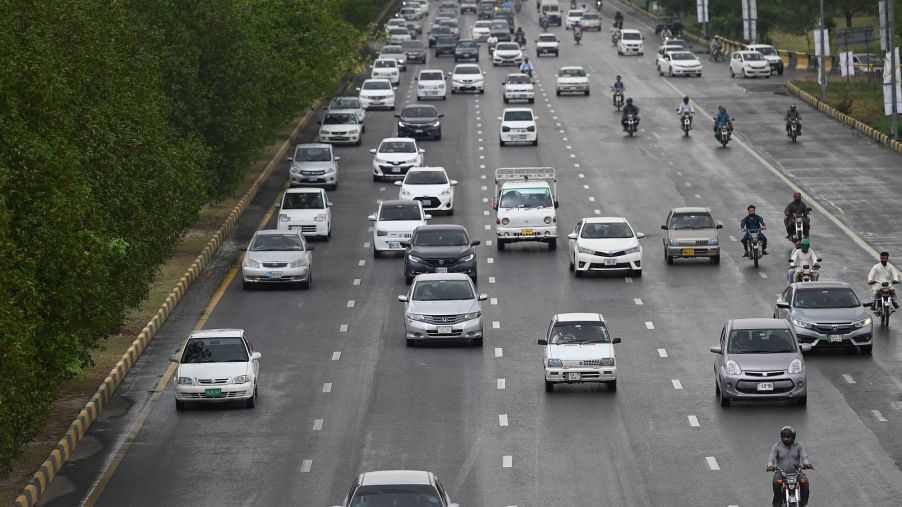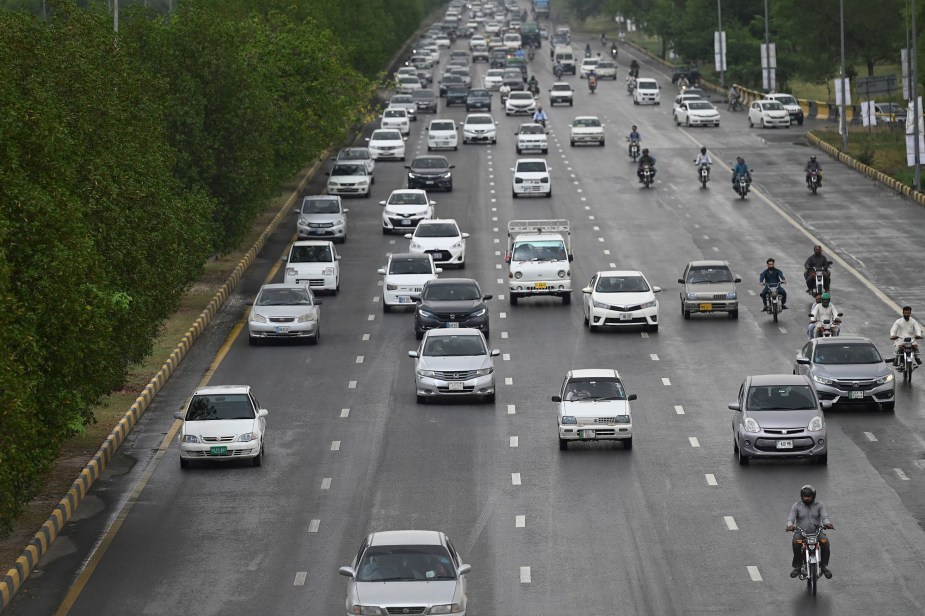
Consumers Do Not Trust Driver Assist Tech in New Cars, AAA Survey Confirms
Car safety has long been attributed to aspects like safe driving habits, seatbelts, and airbags. However, we also can’t discount the number of advanced safety features that have debuted in recent years. Of course, no amount of technology is a full-proof safety net during a crash, and it seems that most drivers have realized this about driver assist technology.
However, does this mean we should also be wary about the safety technology in modern cars? Data from Consumer Reports and AAA indicates that certain advanced safety features give drivers negative impressions of their vehicles.
Trust in vehicle autonomy is low, says AAA

According to a new AAA survey, only 18% of drivers are interested in automated vehicle technology. This is primarily due to misgivings about how self-driving technology operates, especially during a collision. These fears are partially rooted in reality, judging from a new round of AAA testing.
When faced with a small car or a cyclist, a test car with Level 2 autonomy won’t reduce its speeds to prevent collisions. During the test runs involving two vehicles, the automated vehicle could still avoid a collision for all 15 runs.
However, when it came to the hypothetical cyclist, the automated vehicle hit it five times. The cyclist was crossing through the automated vehicle’s travel lane in this situation.
The automated vehicle avoided the cyclist whenever it was safely in its lane. Still, that doesn’t exactly inspire confidence for real-life situations. Pedestrians or cyclists can (and do) cross the paths of vehicles unexpectedly, leaving only seconds of reaction time.
Existing problems in several driver assist safety programs
In addition to safer automated vehicles, consumers demand that the existing safety features receive updates. Consumer Reports says that AAA testing indicated many of these systems are not operating as advertised, like automatic emergency braking. Inside a Subaru car, the system couldn’t detect an oncoming cyclist from 290 feet away.
Lane-centering assist and adaptive cruise control also have problems avoiding crashes. None of its advanced safety systems activated on time when a test car crossed the center line toward the automated vehicle.
Even more troubling, the test automated vehicle was only traveling at 25 mph, more than enough time to stop. Fortunately, every system still mitigated collisions with cyclists and oncoming cars when the opposite vehicle was directly in front of the automated vehicle.
These advanced driver assist safety features are still potentially useful
When features like AEB serve their intended purpose, they can prevent crashes and save lives. This system can detect oncoming objects using tiny cameras, sensors, and bits of radar technology. If the system thinks a crash is imminent, it will automatically deploy the brakes.
AEB is often paired with a forward-collision warning. By itself, this system will give you an audible alert of oncoming obstacles, but it’s up to the driver to hit the brakes. It’s still an essential component of AEB because it gives the drivers time to brace themselves for any possible impact.
Lane-keeping assist is also possible with cameras, usually installed in front of the rear-view mirror. You’ll get an audible warning and a possible light on your dashboard if you’re straying into the neighboring lane without your turn signal. Some advanced systems will even safely re-center your car without driver intervention.
While automatic cruise control isn’t as necessary, it’s still a common feature in modern vehicles. The car can travel at a predetermined speed while its cameras and radars stay alert to every other vehicle in the vicinity. Of course, as revealed by AAA testing, it’s clear that even this seemingly-convenient feature still has a few bugs in its programming.


